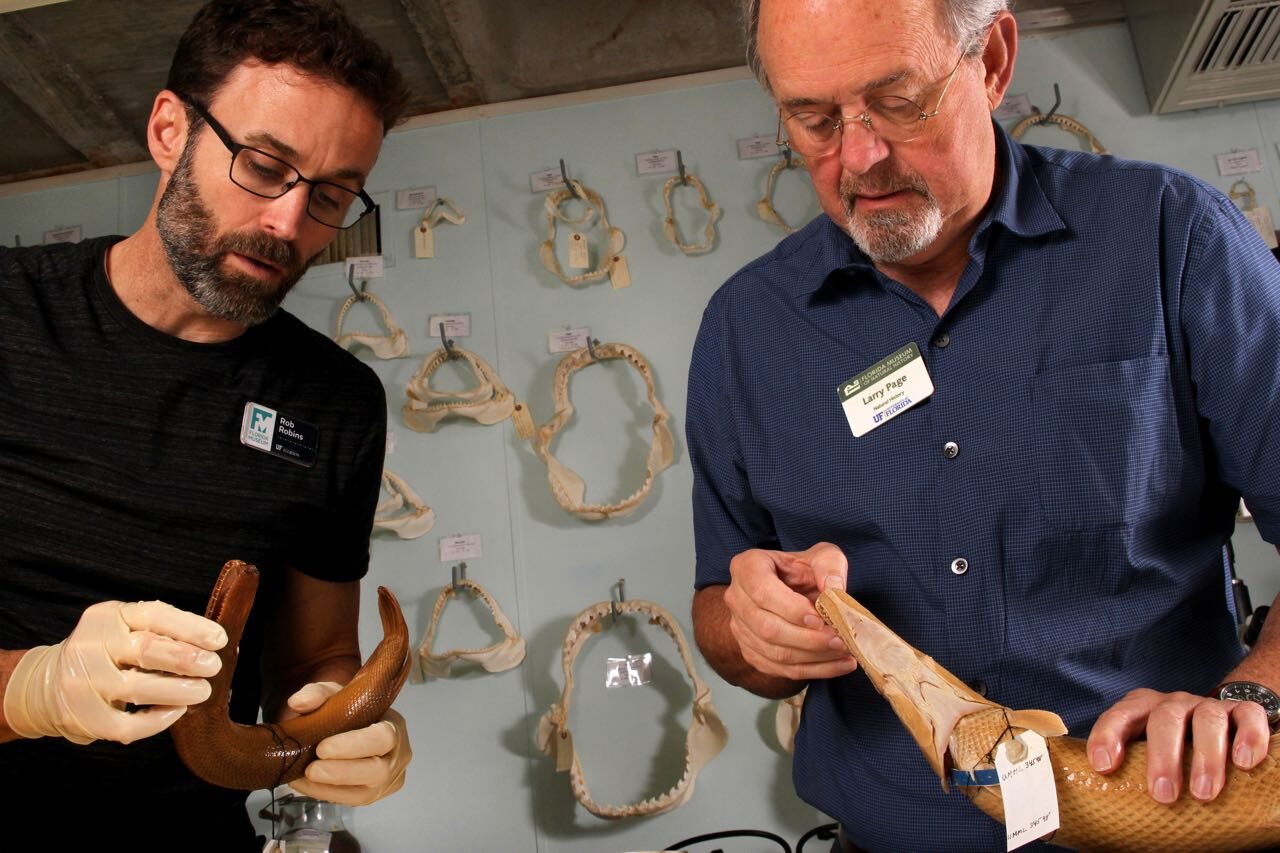The National Science Foundation (NSF) is poised to receive a sizeable increase in fiscal year 2014 if congressional appropriators have their way. In July, House and Senate panels each advanced funding bills for the agency that would provide new funding. The 1.6 percent increase proposed in the House would mean an additional $111 million for NSF over the current, post-sequestration level. The Senate panel is backing a $542 million increase (7.9 percent increase). NSF is currently funded at $6.9 billion.
Both pieces of legislation prioritize NSF’s Research and Related Activities account, which includes the Biological Sciences Directorate. NSF’s research portfolio would be boosted by 8.6 percent by the Senate and 2.4 percent by the House. The chambers differ in their proposals for education and facilities. The Education and Human Resources account would increase by 5.6 percent if the Senate plan is adopted, but would be cut by one percent under the House mark. Similarly, the House proposes a 7 percent cut for funding of facilities and major equipment; the Senate recommends a 7 percent increase.
Both Appropriations Committees denounced plans outlined by the Obama Administration to restructure science, technology, engineering, and mathematics (STEM) education programs. More than 100 programs at 11 agencies were targeted for elimination or reorganization. The President proposed moving some programs to the Department of Education, National Science Foundation, or Smithsonian Institution. Under the proposal NSF would become the lead agency for undergraduate and graduate STEM education.
Both congressional panels expressed concern about the lack of vetting by the education community and Congress. The Senate Appropriations Committee stated in the report that accompanied their funding legislation: “The administration has yet to provide a viable plan ensuring that the new lead STEM institutions—the National Science Foundation, the Department of Education, and the Smithsonian Institution—can support the unique fellowship, training, and outreach programs now managed by other agencies. Conversely, what is proposed as a consolidation of existing STEM programs from NOAA, NASA, and NIST into the new lead STEM agencies is really the elimination of many proven and successful programs with no evaluation on why they were deemed duplicative or ineffective.â€
The House panel wrote in their committee report: “The ideas presented in the budget request lack any substantive implementation plan and have little support within the STEM education community. In addition, the request conflicts with several findings and activities of the National Science and Technology Council Committee on STEM Education, most notably on the question of whether agency mission-specific fellowship and scholarship programs are a viable target of interagency coordination efforts.â€
The Senate and House bills bar federal agencies from using any of the funds appropriated in fiscal year 2014 to reorganize STEM education programs.
The Senate legislation also addresses the issue of public access to federally funded research results. The bill would direct the White House Office of Science and Technology Policy to report to the Committee on Appropriations on the administration’s coordinated plan to support increased public access to federally funded research.

